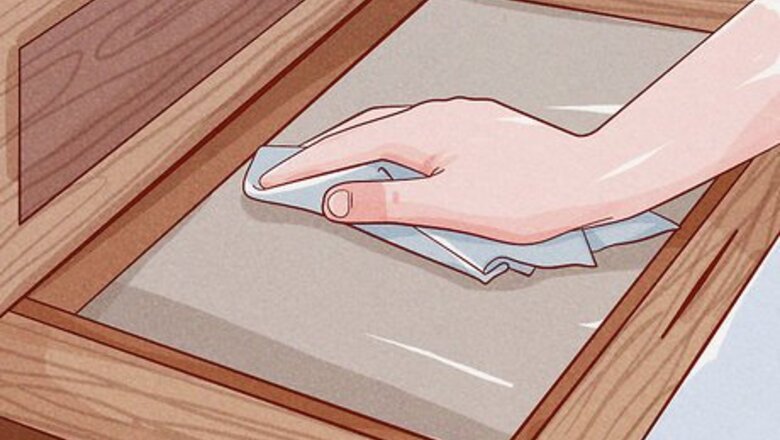
views
Choosing and Prepping the Storage Area

Make sure the environment is clean and sanitized. If your cheese will be sitting on a shelf or in a drawer, clean the shelf or drawer thoroughly. You should also wash your hands before handling the cheese, or wear gloves to prevent bacteria from getting into it. Check on the cheese’s environment often to make sure it’s still clean.
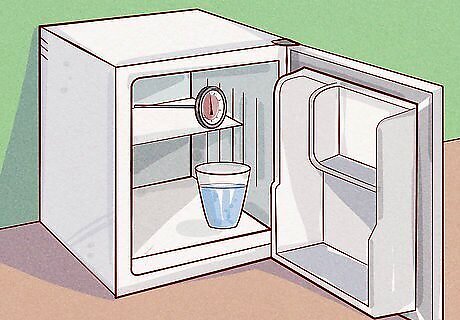
Use a wine or mini fridge to control the temperature easily. These types of small fridges have a temperature control that you can use to easily adjust the temperature. Make sure you add a thermometer inside the fridge and fill a cup or jar half full with water before putting it in the fridge to help with the humidity levels. You can use any normal thermometer, such as a meat or cheese thermometer. Look for mini fridges at a home goods or big box store, as well as online.
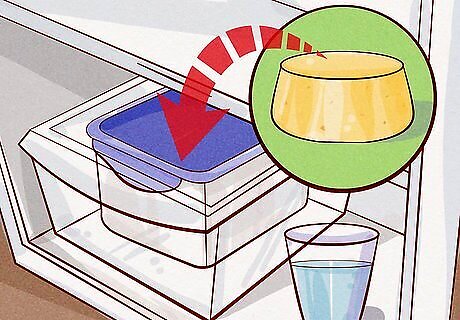
Put the cheese in a crisper drawer to use a regular fridge. While it’s more difficult to regulate the temperature and humidity in a normal fridge, it can be done if you check on the cheese regularly. Place the cheese in a sealed container in the crisper drawer and fill a small jar half full with water. Clean the crisper drawer thoroughly with bleach before putting the cheese inside. If your drawer has adjustable temperature or humidity settings, change these to the warmest and highest settings. Check on your cheese daily in the crisper drawer to make sure there isn’t unwanted mold growing.
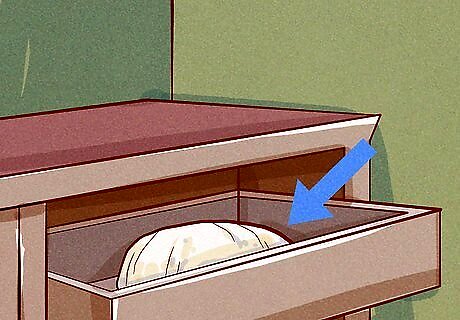
Take advantage of a cool cellar to age the cheese. If you have a cellar with cool temperatures that are stable throughout the year, this can be a good place to age your cheese. Store the cheese in protected cabinets or plastic boxes, adding a damp paper towel for moisture. Open the cabinets or containers every day so that fresh air can reach the cheese. When you put the damp paper towel inside the plastic box or cabinet, make sure it isn’t touching the cheese. Try using plastic boxes such as plastic tupperware or cake holders. Put the cheese on mats so that they’re not touching the bottom of the cabinet or plastic container.
Maintaining the Environment
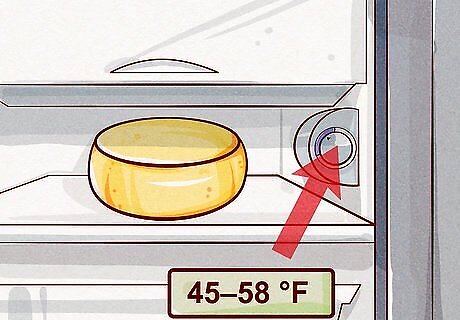
Maintain a constant temperature between 45–58 °F (7–14 °C). While the exact preferred temperature will vary depending on the type of cheese, it should stay within this range. Most normal refrigerators are colder than this, making it a better choice to use a fridge with an adjustable temperature device.
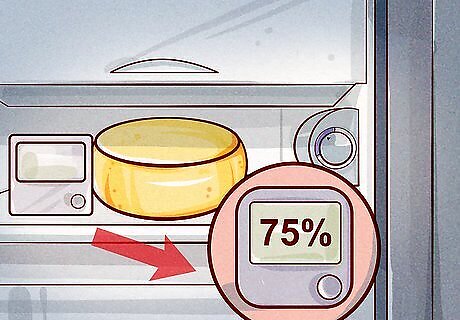
Set the humidity levels between 75 and 95%, depending on the cheese. The moisture level is important when aging cheese—if the humidity is too high, the cheese will grow mold, while if it’s too low, the cheese will dry out. Use a hygrometer to measure the humidity in the area where you’re storing the cheese. You can find hygrometers at a big box store or home improvement store.
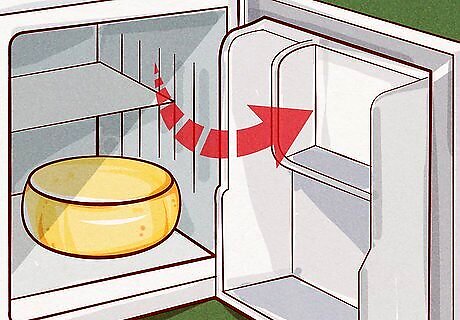
Control the air ventilation to ensure the cheese has access to fresh air. You can do this by spacing the cheese evenly and away from walls or shelf sides. If the cheese is in a fridge, drawer, or cellar, make sure you open the door to the appliance or room’s door at least once a day so that fresh air circulates. For example, if the cheese is placed on a shelf in a cellar, make sure the sides of the cheese are at least 1–2 inches (2.5–5.1 cm) away from the wall or other cheeses.
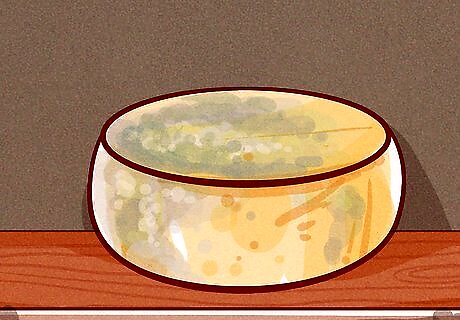
Check on the cheese daily for necessary maintenance. Some cheeses will need to be flipped or wiped every day, so check the recipe for specific instructions. It’s also important to check on the cheese daily to make sure there aren’t any unwanted molds growing. If there is unwanted mold growing, wipe it off with a clean rag dipped in white vinegar.
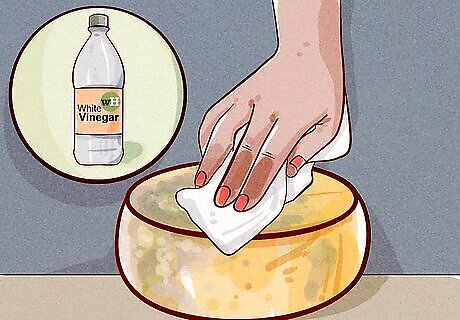
Use vinegar to remove unwanted mold, if necessary. If your cheese starts growing mold that you want removed, dip a cloth or towel in white vinegar. Rub the cheese with the vinegar to remove the mold and help prevent cross contamination. Rub all of the cheese with the white vinegar, not just the spot with mold.




















Comments
0 comment